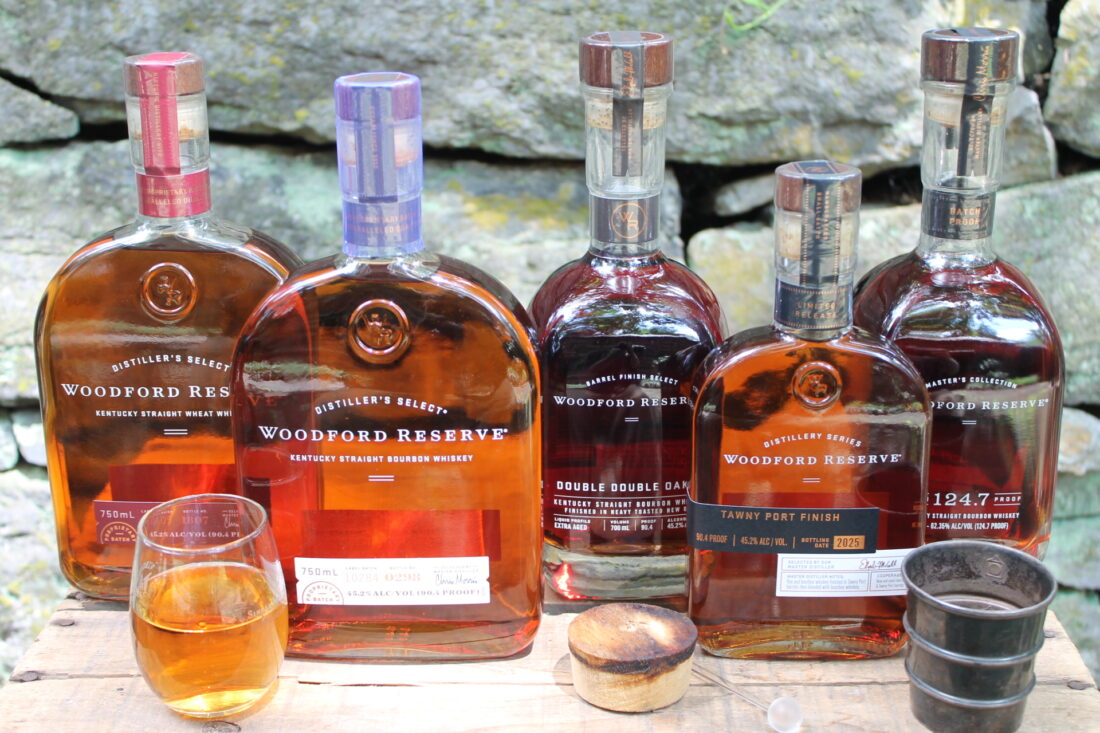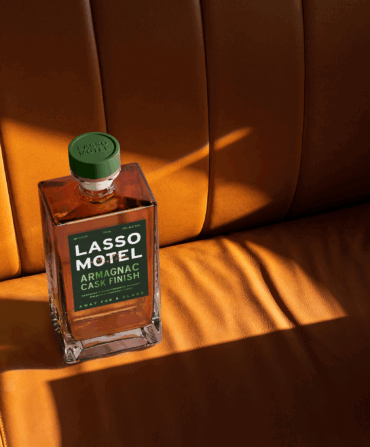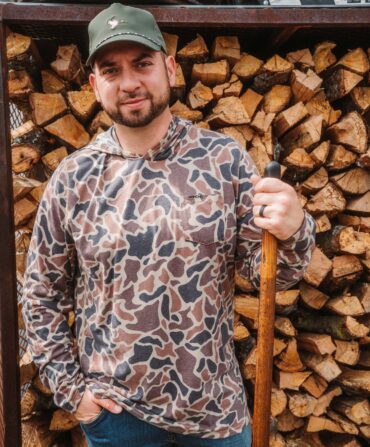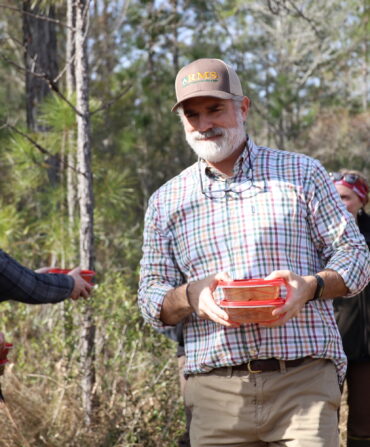The next time you get together with friends to sip some bourbon, would you like to add a bit of structure? Whoa there, hear me out before shaking your head so vigorously. Organizing those sips into a vertical tasting can deepen your bourbon expertise and the camaraderie of a group experience.
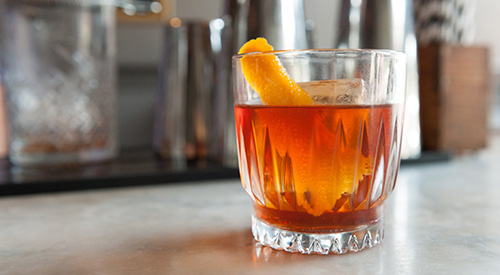
What is a bourbon vertical? “To me, a vertical is tasting the different expressions produced by the same distillery,” says Gary Crunkleton, proprietor of the renowned North Carolina cocktail bar the Crunkleton, with locations in Chapel Hill, Charlotte, and Raleigh. “You’re looking to identify similarities and differences within those expressions. The concept kind of became known with the different ages of the Pappy lineup.”
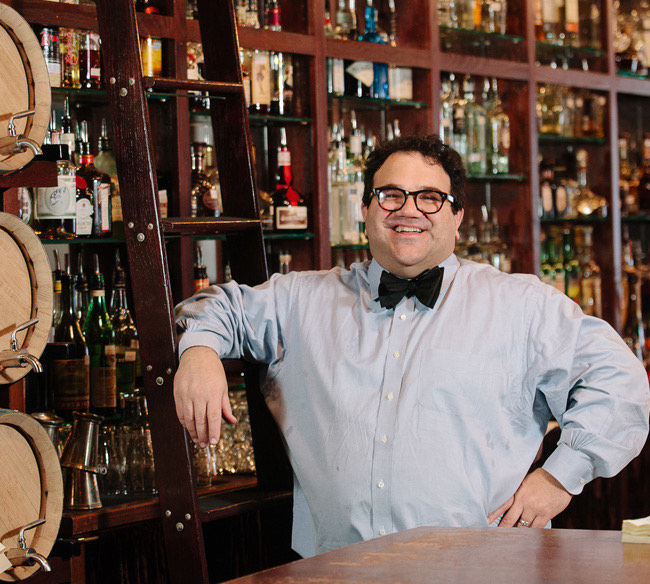
The basic idea is simple enough, but after conducting hundreds of vertical tastings, Crunkleton has a few thoughts on setting up and guiding your own. First off, how many expressions do you need? The sweet spot for Crunkleton is five or six bottles, enough to explore variety without going overboard. (Some people actually spit out bourbon at a tasting. Those people aren’t being invited to my house.)
Next, choose a distillery or brand offering multiple expressions. If you’ve got all those Pappy bottles just lying around, congratulations, but in today’s bourbon-bonkers landscape, acquiring even a full roster of, for example, Weller or Colonel E.H. Taylor expressions can be a challenge. (Furthermore, the distinctions between multiple expressions spawned by some in-demand labels can be subtle, which somewhat blunts the purpose.) To truly appreciate what a single distillery is doing, a sound alternative is to look toward one with a less-sprawling portfolio that offers clear variation between expressions. Old Forester’s Whiskey Row Series or Bardstown Bourbon Company’s Origin Series come to mind. But for the sake of journalistic thoroughness, this writer gathered some friends and a Crunkleton-approved, five-bottle span of the Woodford Reserve lineup—Straight Bourbon Whiskey, Straight Wheat Whiskey, Batch Proof, Double Double Oaked, and Tawny Port Finish. (The limited-release Double Double can be hard to find; the regular Double Oaked will substitute just fine.)
Bottles in hand, give a little thought before you just plop them on the bar and go for it. “You want to organize by complexity, starting with the least complex and finishing with the most robust,” Crunkleton advises. “That has the added benefit of starting with what people probably already know as the baseline.” He puts special emphasis on climbing up the proof ladder, drinking higher-proof expressions last. Anticipating the flavor bomb of the 90.4-proof Double Double Oaked, I wanted to save it for the finale, but Crunkleton was adamant that the 124.7-proof Batch Proof occupy that position. And I mean adamant. “Our palates are going to get a little soiled by the alcohol as we go,” he explains, “so you don’t want to go backwards or you won’t get the fullness of the expressions with lower proof.”
Along those lines, plan on modest pours so that five or six rounds of a vertical don’t leave you horizontal on the lawn. A half ounce or so suffices. And even if adding ice is your habit, forego doing so for the sake of tasting exactly what the master distiller intended without dilution. (In the case of Woodford Reserve, make that two master distillers, with Elizabeth McCall having assumed that role in 2023 from Chris Morris, now master distiller emeritus.)
Oh, you’re ready to drink some whiskey already? First, open all bottles about a half hour beforehand to let them breath, and have glasses of water in position to rinse your palates before starting and between each pour. Then, yes, give a long, deep sniff and taste that first pour. Hold the sip and let it coat your tongue for the full flavor experience, but whether to engage in the face-contorting swish-around known as a “Kentucky Chew” is your prerogative.
Now’s the time to share thoughts and opinions on each bourbon—or not. “We all have great palates but don’t necessarily know the nomenclature to talk about notes of dry cherries and cocoa powder and oatmeal,” Crunkleton says, adding that a focus on differences between expressions is more in the spirit of a vertical. “I would encourage not complicating things when it comes to notes. Keep the comments simple—heat, richness, complexity, finish, and how they work together. You want everyone to engage and feel part of the experience.”
Crunkleton likes to return for a sip of the baseline first expression between moving on to subsequent pours. Make your own call, but I can report that the attendees at my Woodford Reserve vertical refused to add any more steps to the process. Even so, exploring the differences between the five bottles was thoroughly fun and enlightening.
Once we’d tasted through, it was time to loosen up and perhaps return to the bottle that impressed us most. I can’t say there was a definitive favorite. In my group, one taster beelined to the Tawny Port, while another needed to see how melting ice steered the char-forward profile of the Double Double Oaked. The Batch Proof, a big hit, barely survived the night. Our conversation broadened, but I couldn’t help noticing that it occasionally drifted back to a particular topic—what vertical we should try next time.


